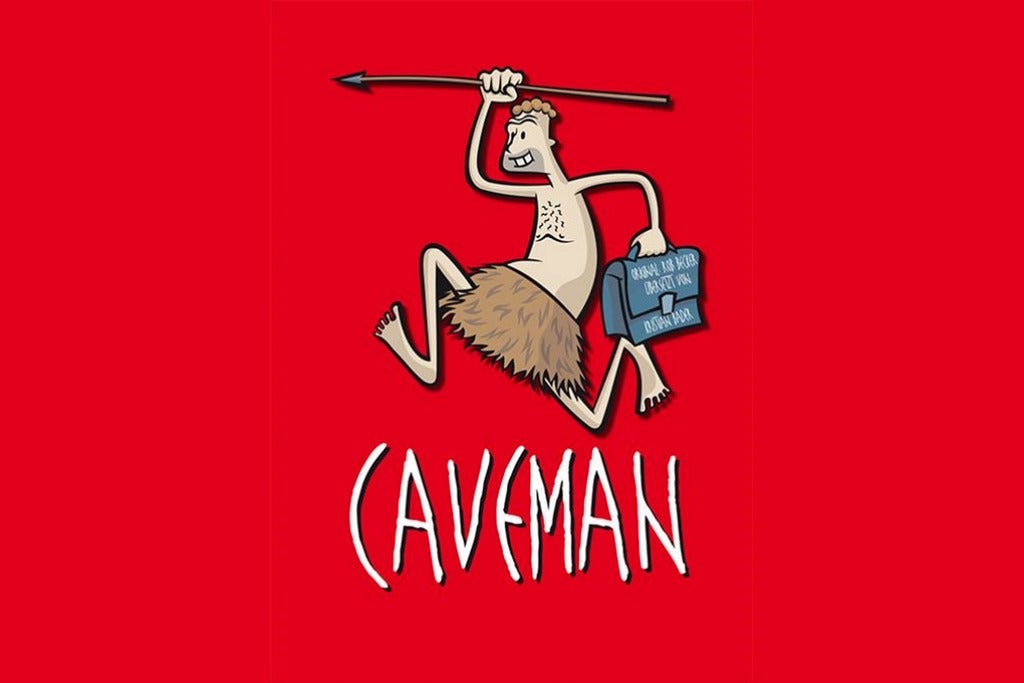The encounter between Claude Debussy’s music and the text of the Belgian writer Maurice Maeterlinck is a prime example of the perfect integration of word and music. Debussy found in Maeterlinck’s play Pelléas et Mélisande (1892) the inspiration he had long sought in vain and the pattern for his first and final completed opera, based on fleeting, passing, hard to explain moments, moods and motifs that indirectly – yet all the more profoundly – tell of the human’s inner feelings and his fatal adherence with nature, the world that surrounds him, creation, or whatever we may choose to call it. Maeterlinck’s fairy-tale myth depicts the ancient story of Prince Golaud, who finds the mysterious girl Mélisande in the forest and subsequently marries her. Yet Mélisande is increasingly attracted to Golaud’s brother Pelléas. Golaud quests after the “truth” of what is really going on between his wife and brother, and so we too seek the meaning of this eerie tale – in the not always explicable behaviour of its protagonists, surrounded by a web of ambiguous and, at the same time, familiar symbols of the water spring, ring, light and dark, long hair, chiming clocks, a runaway horse, etc…
Pelléas et Mélisande is Debussy’s paramount work, as well as a milestone in the history of opera, which had an essential impact on a number of 20th-century composers. We are presenting the new production in the year marking the 150th anniversary of the birth of both Debussy and Maeterlinck.
Cast and Creative team for Pelléas et Mélisande at The National Theatre
Musical preparation: Jean-Luc Tingaud
Conductor: Jean-Luc Tingaud, David Švec
Stage director: Rocc
Sets: Rocc
Costumes: Rocc, Miroslav Sabo
Chorus master: Martin Buchta
Pelléas
undefined
Philippe Do
Mélisande
Veronika Hajnová
Kate?ina Jalovcová
Golaud
Ji?í Sulženko
Arkel
undefined
Oleg Korotkov
František Zahradní?ek
null
undefined
František Je?ábek
Kristián Kašpar
Marek Janda
Doctor
undefined
Ivo Hrachovec
Roman Vocel
Genevieve
undefined
Yvona Škvárová
Lenka Šmídová
Videos

|
Loreen
Roxy (2/27 - 2/27) | |

|
Images of Love - black light theatre
HILT black light theatre Prague (10/3 - 12/31)
PHOTOS
| |

|
CAVEMAN
Divadlo U Hasičů (1/19 - 3/19) | |
| VIEW SHOWS ADD A SHOW | ||
Recommended For You


